Cassava, a woody shrub that grows easily in our tropical climate, originates from South America. It is believed that the native Kalinago people brought the plant to Dominica more than 1,000 years ago.
The root of the cassava plant is a major part of the Kalinago diet and filled with nutrients. Cassava is a good source of carbohydrates and fiber, provides moderate amounts of calcium and Vitamin C, iron and potassium, and is low in protein and fat.
On Dominica, cassava root is known as “manyò dou” (sweet cassava) or “manyò ame” (bitter cassava). To eat the cassava, the root is cleaned and milled. The ground cassava is mixed with water in a tub and squeezed to separate the starch from the fiber. The starch settles at the bottom of the container, and the fiber is used in farine and bread. To make the farine, the grated cassava is heated in a large iron pot (like the one at left) and constantly turned over until baked.
The manyò dou is cooked and served in provisions like yam, dasheen, and sweet potato. The farine is made from the manyòk amè and is a commercially important income as it is sold throughout the island.
Try a taste of the native cassava root on your next visit to Rosalie Bay Resort. Start your day with a bowl of Kalinago Cassava Breakfast Porridge (pictured on left), available at Zamaan Restaurant. (Read a review of this hearty morning breakfast dish here.)
Or to learn how to process the cassava root into cassava bread by visiting the native Kalinago Territory.

